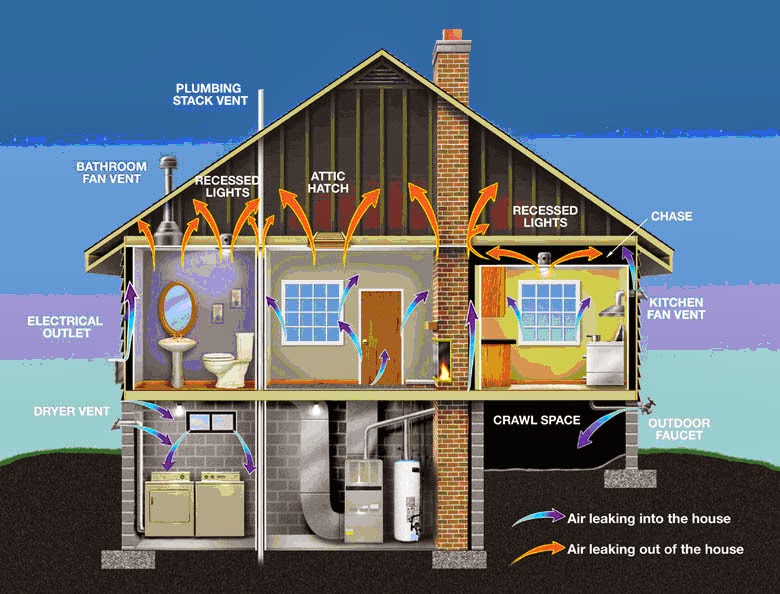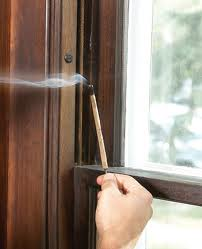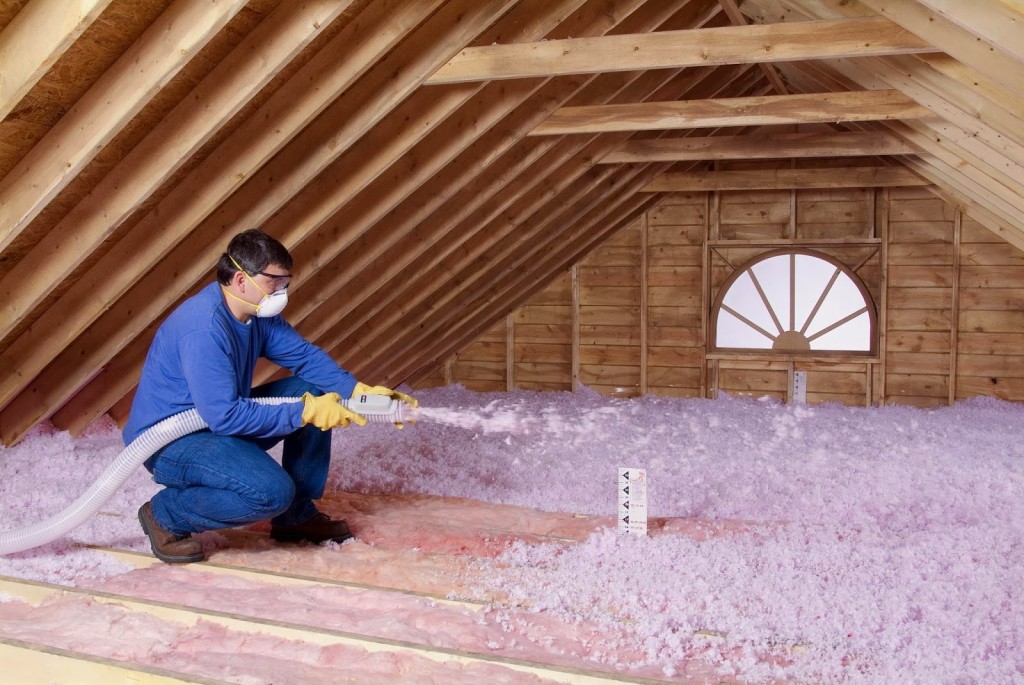To say the least, we all have been a wee bit cold these days. With abnormal seasonal temperatures of -37 with the windchill, it’s no wonder I sit here writing this post in a toque and slippers. Yes. It’s that cold. I wish we had a fireplace. A fireplace would be dreamy, however, I will make due with my cozy layers and hot tea.
With this dramatic shift in temperatures, what I am noticing is that my house is not warming up one bit. I feel drafts of air coming in where I have never felt before. On a normal winter day, I don’t notice it, but on a day like today, what gives? Here is the reason:
 |
| via |
Being that I live in a century home, with all updated windows (and most doors), there are still areas of heat loss. You can see from the above diagram, there are lots of places for the house to lose the hot air from your furnace and leak cold air from outside. Brrrrr.
So how can we avoid this for the future?
On the up side, any changes you make to avoid heat loss in your home will not only be better for the environment, it will also save you money in the long run due to utility bills.
1. Update Windows and Doors
 |
| via |
If you have leaky windows or doors, this is the area where you will notice the most heat loss. Although this is not an inexpensive fix, it is an investment that will you will notice right away in your home’s temperature (and cost). Double pane windows are the best option when replacing your windows. They provide two panes of glass with an insulated boundary between the cold air and the warm air in your home. In terms of your doors, weather stripping is an economical way to cut down on draughts.
2. Investigate The Insulation Your Attic Space, Floors and Walls.
 |
| via |
Older homes usually do not have the required insulation needed in the attic space. Over the years, building codes have increased their R Value to avoid heat loss through attic spaces. Any void in insulation will create a pocket for hot air to escape and cold to get in. Check your attic space to make sure your insulation is up to code. Just like the attic, your floors and walls could be allowing air to escape as well. If you are considering replacing your floors, or are about to undergo any renovations, consider upgrading the insulation in your floors and walls. They could be the culprit of heat loss in your home.
3. Random Leaks
 |
| via |
Unfortunately, there may just be some random places for cold air to get in. If you can caulk these areas up, do so. And if you have a fireplace, and you aren’t using it, close the flue, as this will allow a significant amount of cold air into the home.